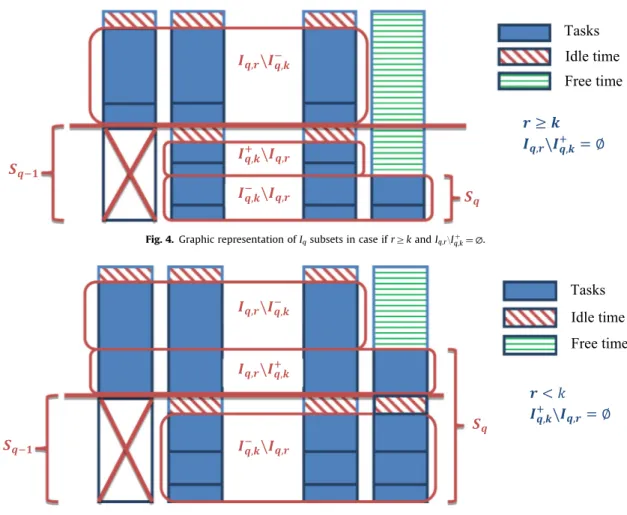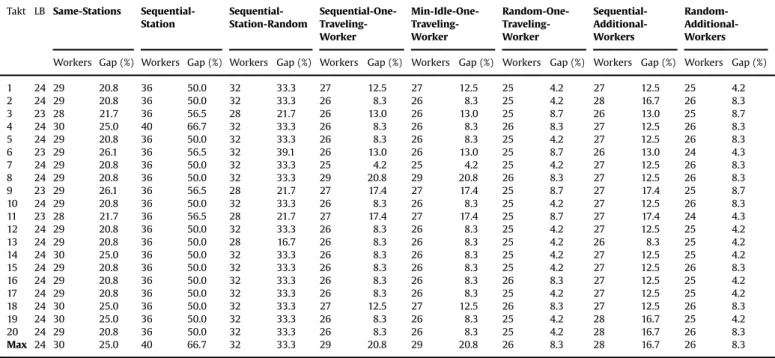Workforce minimization for a mixed-model assembly line in the automotive industry
Texte intégral
Figure




Documents relatifs
The purpose of computing integration of measures over a time interval is to compute loan scheme, reimbursement scheme, etc; and the purpose of computing evaluation of fields at
on the onset of the thermoaousti instability or the seletion of the unstable resonant mode of the devie whih. an
The French administration has accepted the equivalence ofthis flame arresting device with the stacked plate devices stipulated in the order of August 1987, which means the engine can
Previous work conducted by the authors consisted in the design, development and evaluation of an IR system specialised on retrieving rare and genetic diseases 5 information based
In this paper we propose to automatically synthesize input data for model composition engines using a model decomposition operator.. Through this operator we
In fact, rocket engine control is in- trinsically a multivariable problem, generally stable in open loop and requiring mixture-ratio and combustion- pressure control by means of
to represent the Smart Hotel. In addition, at design-time, the Code-Model Connection Rules and the scenario are defined to allow the generation of the trace model from the code
In this paper, we consider graphs that are pipelines of stateless operators. We focus on devising a decentralized autoscaling protocol in which each operator instance takes its